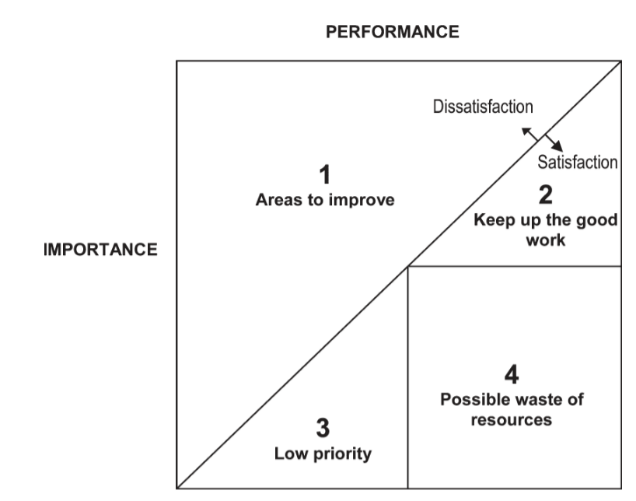Overview
Graduate students in IU Indianapolis' Applied Research Methods course helped Beyond Monumental collect data that will help them continue their current growth position as the 15th largest marathon in the United States and provide strategic direction under the new Beyond Monumental brand.
Approach
Employing a mixed methods research approach, students analyzed existing data, conducted 30 interviews with event participants, and collected survey data from over 2,500 runners.
Delivery
Using 31 event attributes identified through qualitative interviews and review of relevant literature, students delivered:
- 6 marathon runner personas based on results of factor and cluster analysis of the 31 event attributes (see infographic below).
- Importance Performance Analysis (IPA) of 31 key event attributes. IPA is a tool used to provide a better understanding of how well certain event attributes are functioning and the quick identification of areas that need improvement. The team made recommendations to Beyond Monumental leadership on how fix customer pain points using the persona segments to create focused target messaging market messaging.



